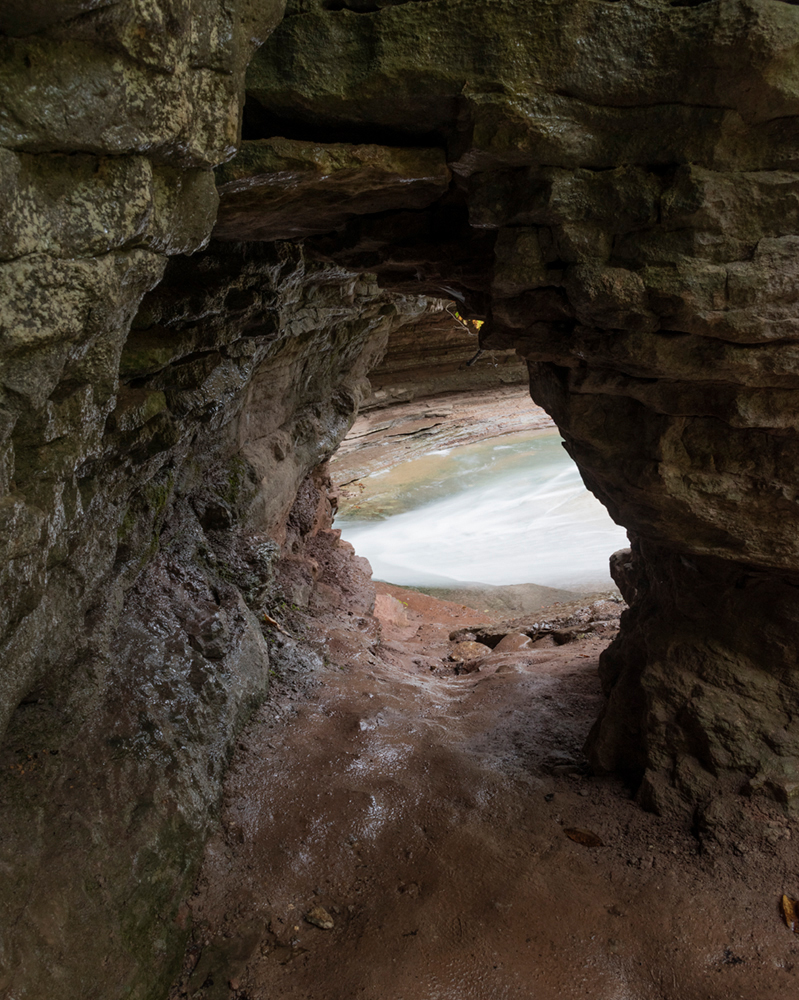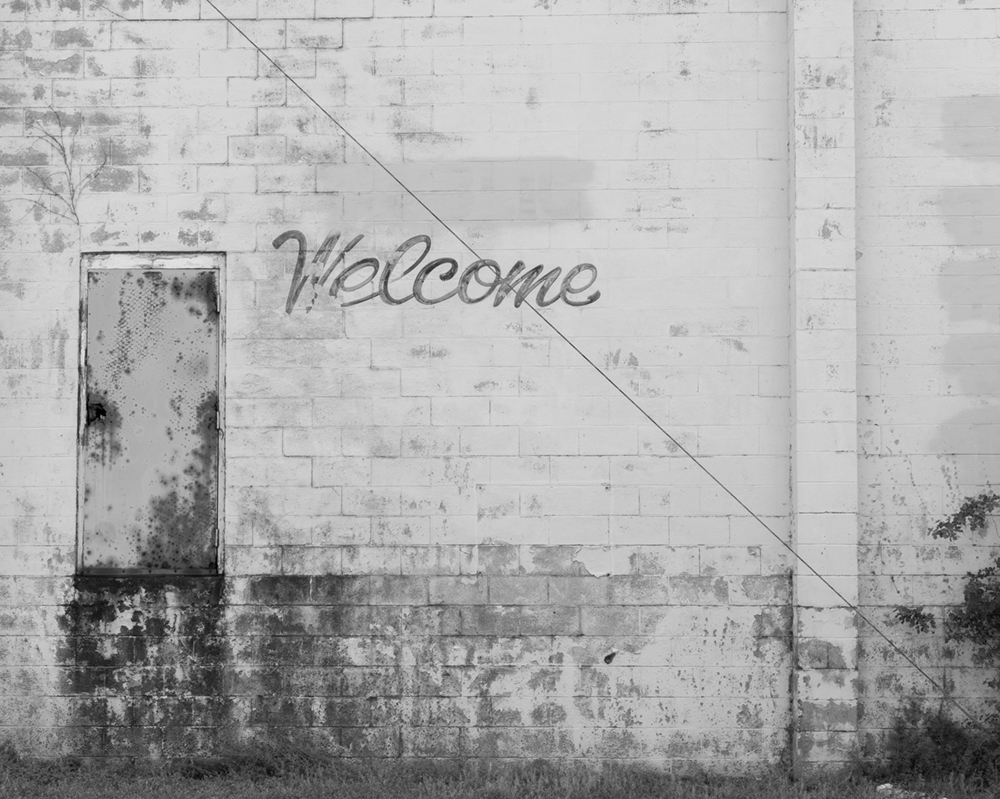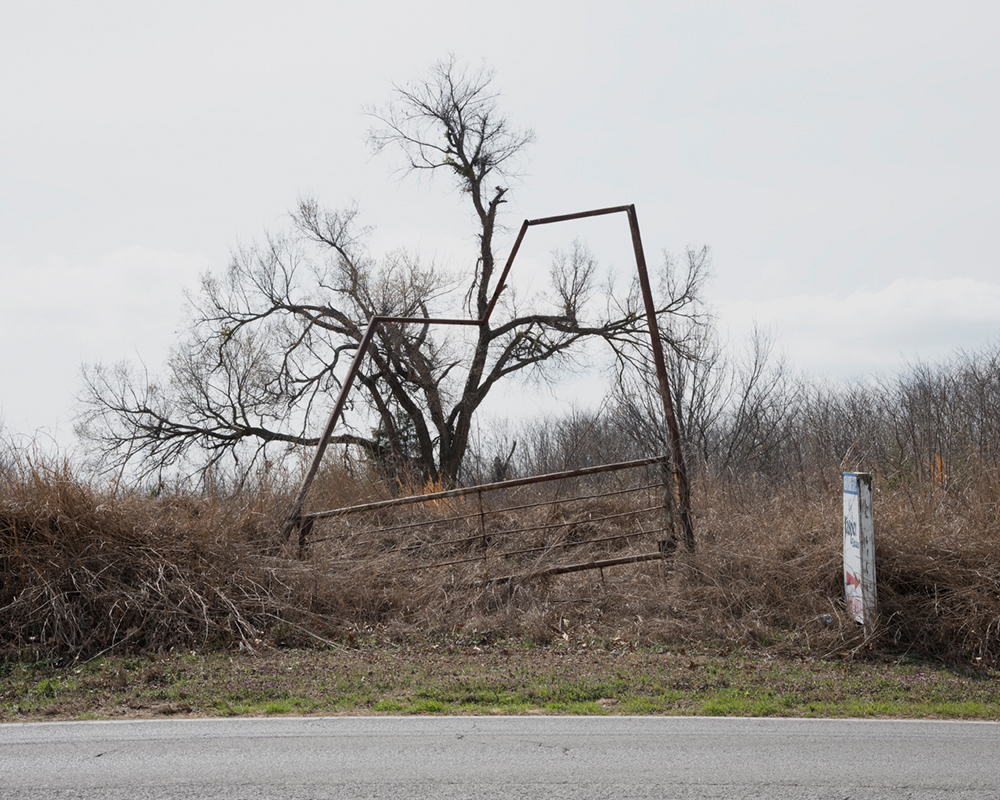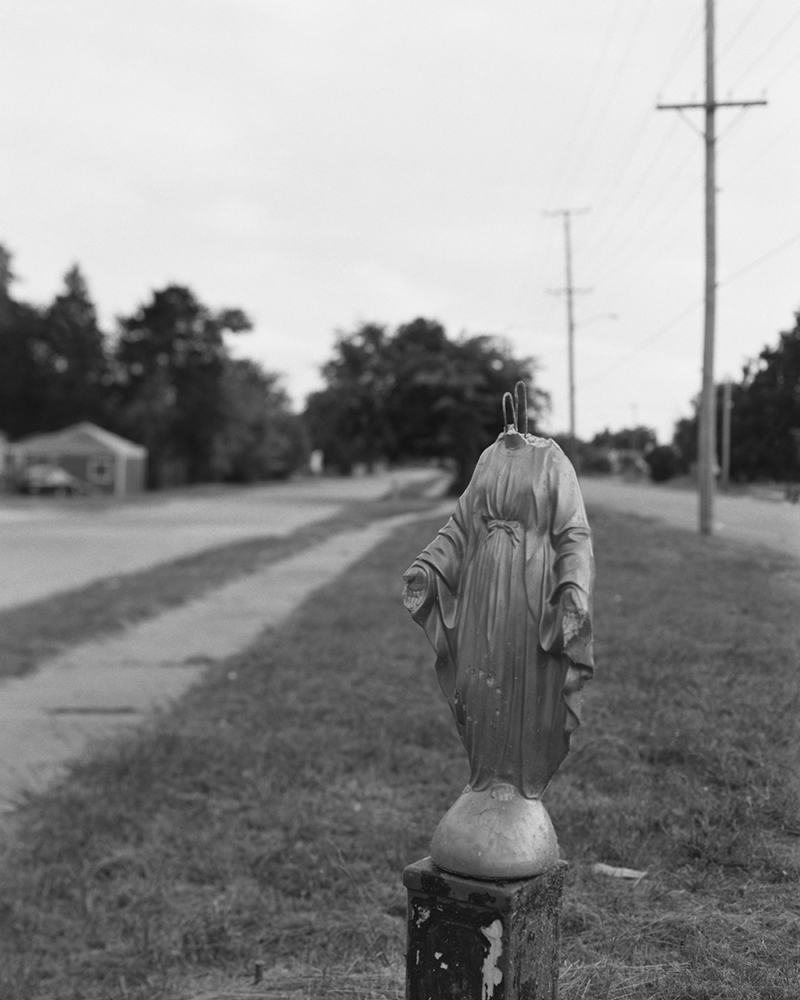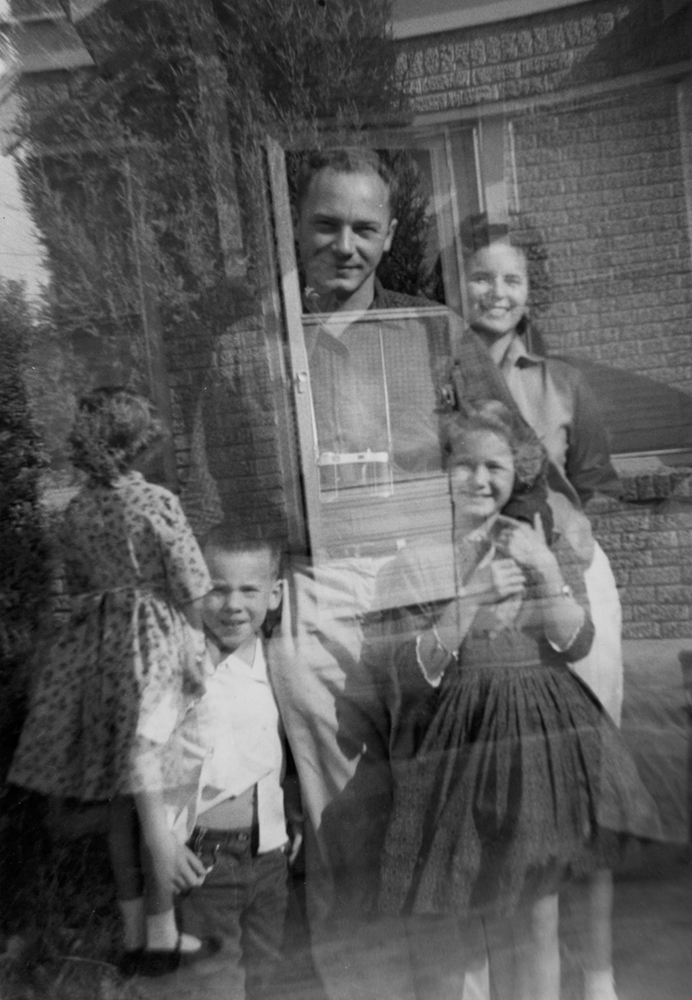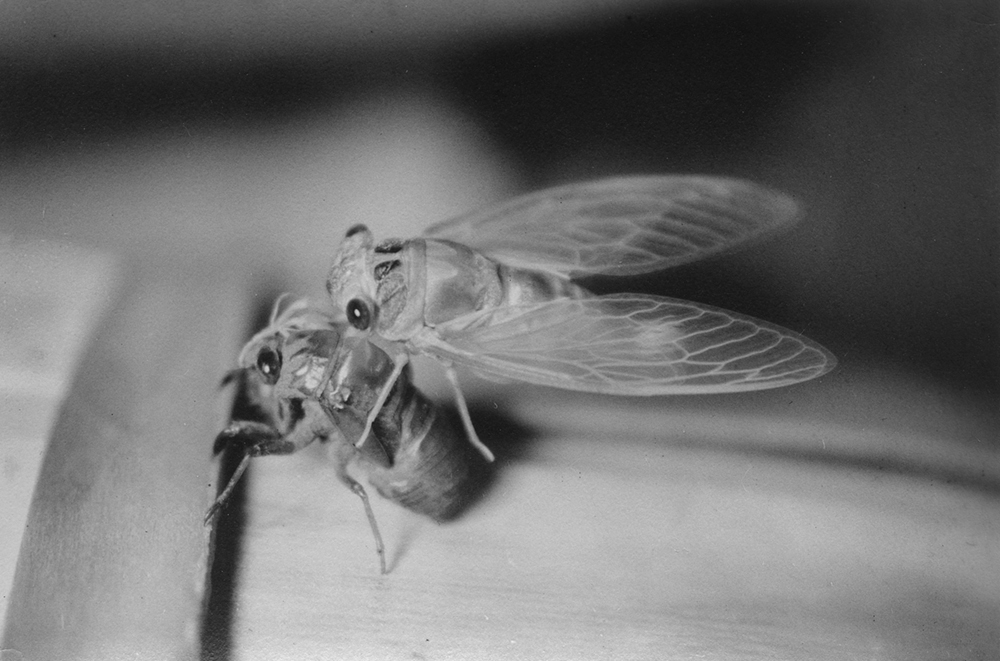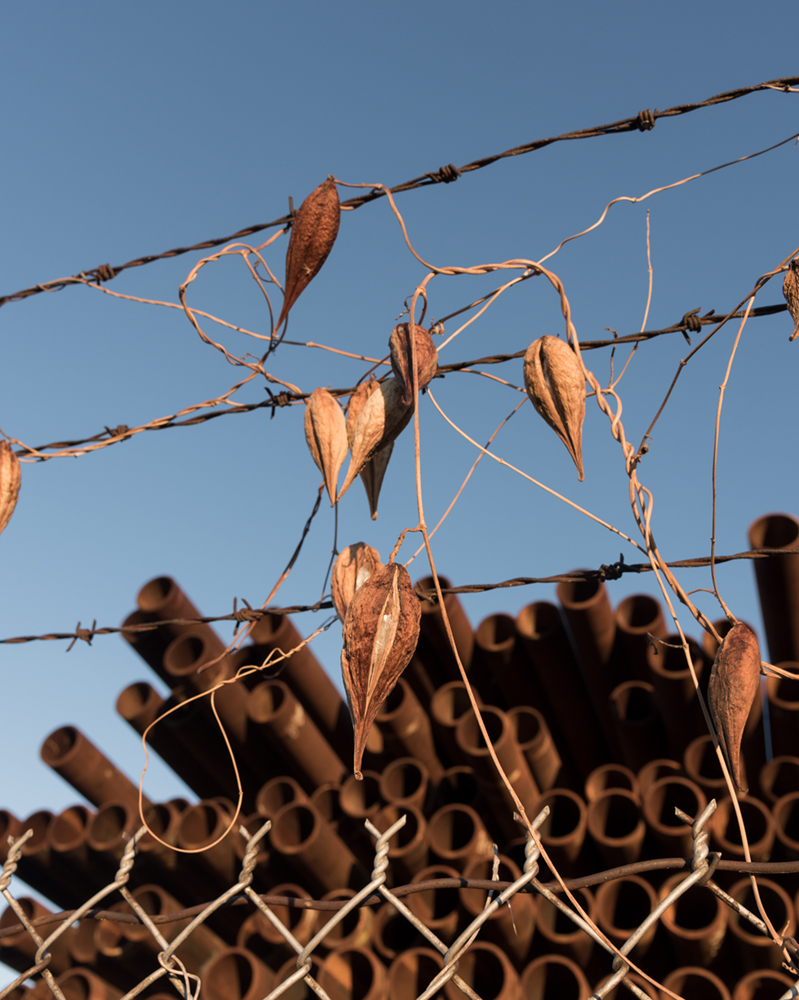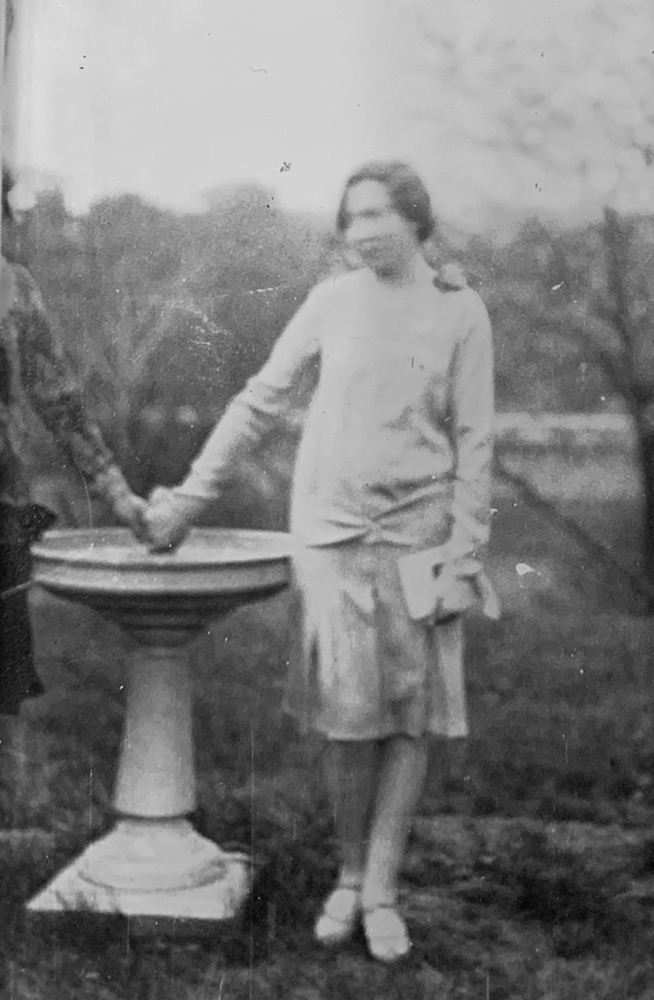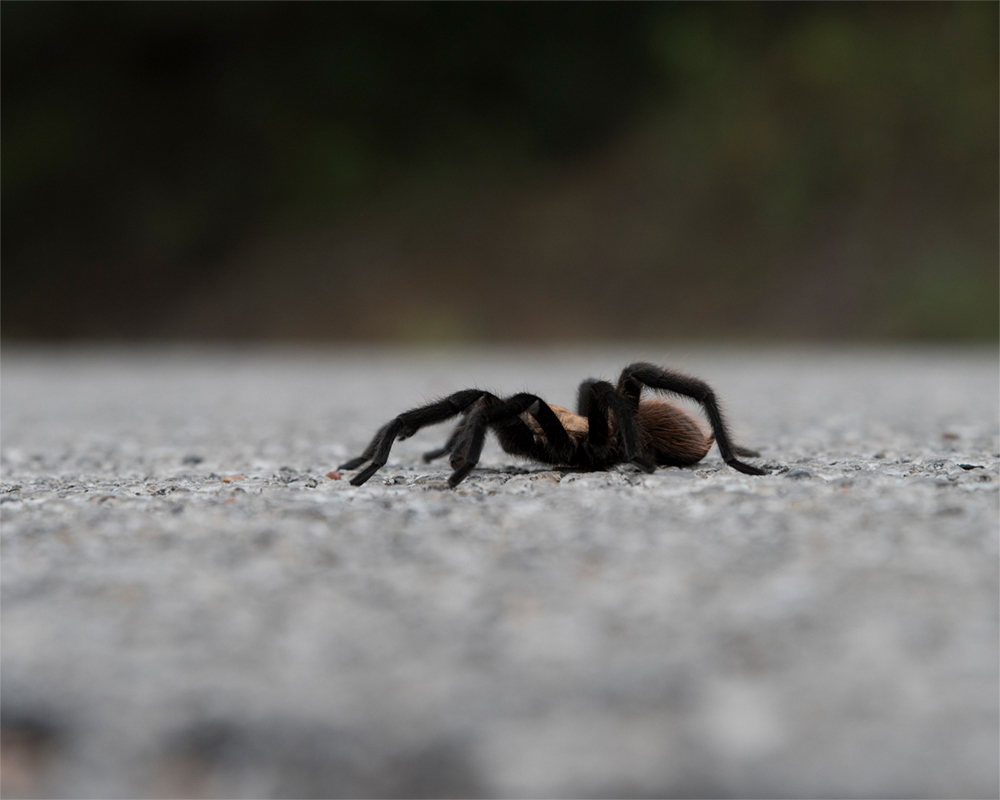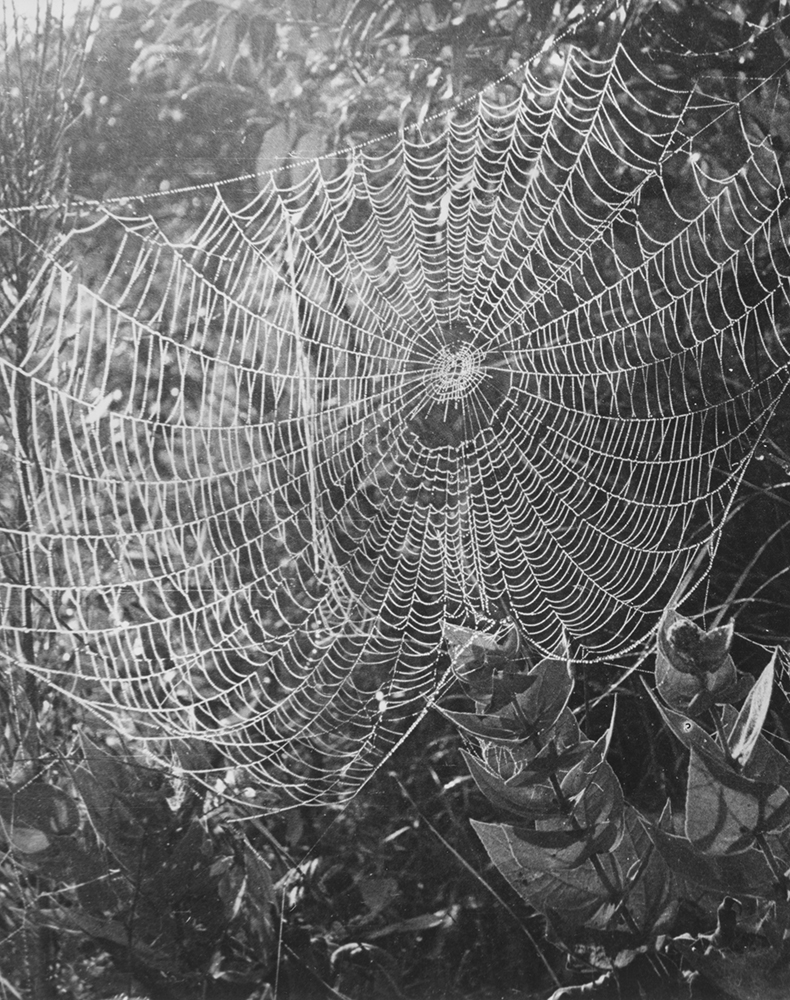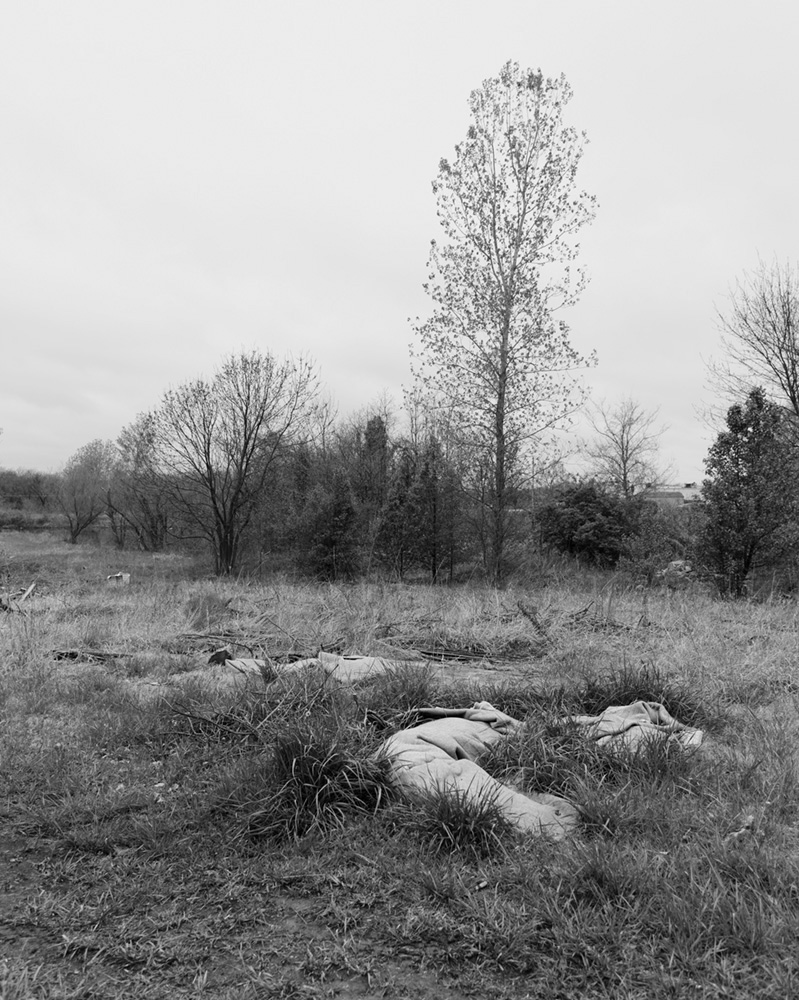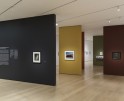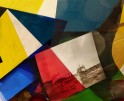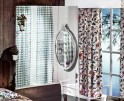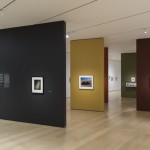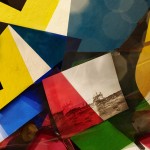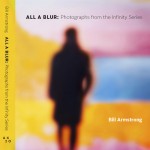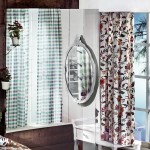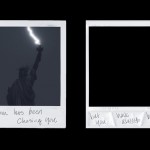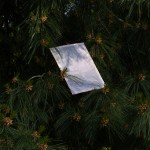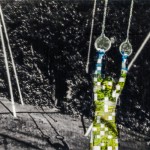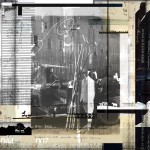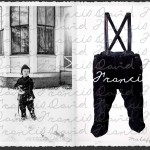Julianne Clark: After Maxine
This week, we will be exploring projects inspired by intimacy and memory. Today, we’ll be looking at Julianne Clark’s series After Maxine.
I always feel a certain kinship with any artist who graduated in 2020, and Julianne Clark is no different. I first found her work through Instagram and have enjoyed watching her practice grow. After Maxine explores the way our identities are constructed with regard to the land, family, gender, and sexuality. What really drew me to this work is the way it is constructed as an archive. I feel like I am flipping through my own family album or a folder on someone’s life at a library. This construction of small moments allows viewers to enter and relate images to their own lives. While the narrative is fictional, Julianne is able to capture threads of reality in this series.
Julianne Clark is an interdisciplinary artist with an MFA in Photography from the University of Tulsa. She previously achieved a Cum Laude BA in Photography from the University of Arkansas. She taught in the Oklahoma public school system for seven years, and was recognized as the Oklahoma State Art Educator in 2016. She currently teaches high school photography in the Bay Area, serving as the Visual Arts and Performing Arts Department Chair at her school. Julianne’s work often questions the reality of photography as a representation of truth. Her art has been exhibited internationally in both solo and group exhibitions, at venues such as Filter Space Chicago, The Southeast Museum of Photography, The Midwest Center of Photography, Black Box Gallery, and the Milwaukee Art Center. Noted recognition includes participation in the 2023 Chico Review, serving as a fellow for the 2019-2020 Albert Schweitzer Fellowship, and a 2020 Student Award of Excellence from the Oklahoma Visual Arts Coalition. Her photographs are included in publications collected by the Virginia Museum of Fine Arts and the Museum of Modern Art.
Follow Julianne on Instagram at: @julianneclarkart
After Maxine
In After Maxine, I tell stories about family and the landscape from a queer, female-bodied perspective. I explore the constructs of landscape through photography, destabilizing the traditionally masculine framework of landscape photographic images. I employ the visual language of archiving and natural history to question degenerative relationships with the land, and how those relationships might connect to family and community trauma. I subvert the tradition of institutional collecting by creating a visual archive – an intimate narrative about familial connections to the land. This fabricated narrative reveals hidden queer histories, both real and imagined, as a means of examining both my own identity and that of the queer community in the South.
Epiphany Knedler: How did your project come about?
Julianne Clark: Through my family, I have been intimately connected to the American landscape from a very early age, especially in the South. There is a historical lineage of photographers in my family, originating with my great-grandparents, who were both scientists and artists. They created images of the Buffalo River in Arkansas during the 1960s and 1970s in order to display the beauty of the area. Their photographs and writing helped to keep the Buffalo River from being dammed, and to establish it as the first National River in America. This was my primary introduction to the power of art for telling stories to make direct impacts on society. When beginning my research as a graduate student, my great-grandmother became a natural focus for me. As I started exploring her history as a botany student in the 1950s, I soon came to discover the vast archive my mother had collected over the years, including well over twenty large boxes of documents and photographs that had belonged to my great-grandparents. This archive has become a treasure trove of inspiration for me to investigate the connections between family and the landscape.
EK: What relationship does memory or intimacy play within your practice, and does photography become a way to navigate these complex topics?
JC: With my series After Maxine, I play the role of both artist and archivist, and I use my own family archive as a starting point for exploration. Thinking back to my first encounter with my family archive, I realize that there is no beginning for me. I have always been in it, and it has always surrounded me in one way or another. Thus, my work is a continuation of my family archive; yet, it is also a questioning of that archive, a reimagining.Through this series, I subvert the tradition of institutional collecting by creating a visual archive that is an intimate narrative about familial connections to the land; in particular, those that arise from matrilineal inheritance, in relation to both the natural and human-altered space.
In “The Archive As Producer” from Photography: History and Theory, Jae Emerling states that the archive is “… like a threshold wherein said and unsaid interpenetrate, wherein they are contingent upon one another.” Many of my images display this idea visually, revealing portals for the viewer to enter a space where secrets and stories intermingle. I explore the tenuous relationship between the photograph and truth, persuading the viewer to consider how memories, both real and false, are accessed through photography. Images that display reflection, abstraction, and double-exposure symbolize the ways in which memory can be obscured or altered over time.
In examining the idea of landscape with my work, I scrutinize particular cultural and historical issues related to the land itself. At the beginning of this research, I started by photographing in the exact locations where my great-grandmother collected specimens, using her Master’s thesis as a reference to find collection points. I realized that the areas in which I create photographs are interstitial zones, where the natural landscape, the industrial or human-altered landscape, and the domestic space merge. Thus, I investigate these types of spaces when creating photographs, considering them in relation to memory. Further, I photograph in my hometown and other areas in which my family has inhabited for many generations. I create photographs in these places primarily because I can make direct connections to my family archive by photographing in the places that my family once lived. Being from this region, it is also personally significant to my identity. In my work, I represent the landscape as one shared across multiple generations and utilized for varied purposes; by combining photographs that I create with images and documents from my family archive, I invoke a dialogue between imagery. This sequencing creates a continuity between images, which allows the viewer to make connections between past, present, and possibly even future.
EK: Can you tell us about your artistic practice?
JC: As an educator, I find it challenging to balance teaching with my artistic practice. I make a concerted effort to create work during the breaks that I have during the summer and throughout the school year, as well as on the weekends. I use evenings to edit work and do research. When making images, I work in an intuitive way, and I often explore areas within the landscape by returning to the same place multiple times. I use what I find in those places to guide my practice.
EK: What’s next for you?
JC: I’m currently working on a book form for After Maxine, Since moving to California in 2020, I’ve been working on a new series, entitled Golden Spring. In this series, California is a backdrop for a narrative that is steeped in beyondness. I contrast the breathtaking magic of nature with the dark force of degenerative human relationships through images that are both hopeful and poignant. Playfully exploring the transcendental clairvoyance of the hippie and back-to-landers movement, I envision possible futures from an ecological perspective, imagining realities that include more beauty and care; conversely, I acknowledge human’s potential (near) future within the fossil record as society reckons with climate change and environmental disaster.
You can view more of Julianne’s work in The New Geologic Epoch, Exhibition in Vercelli, Italy, and upcoming at the Barcelona Foto Biennale in Fall/Winter 2024.
Epiphany Knedler is an interdisciplinary artist + educator exploring the ways we engage with history. She graduated from the University of South Dakota with a BFA in Studio Art and a BA in Political Science and completed her MFA in Studio Art at East Carolina University. She is based in Aberdeen, South Dakota, serving as a Lecturer of Art and the co-curator for the art collective Midwest Nice Art. Her work has been exhibited in the New York Times, Vermont Center for Photography, Lenscratch, Dek Unu Arts, and awarded through the Lucie Foundation, F-Stop Magazine, and Photolucida Critical Mass.
Follow Epiphany Knedler on Instagram: @epiphanysk
Posts on Lenscratch may not be reproduced without the permission of the Lenscratch staff and the photographer.
Recommended
-
Time Travelers: Photographs from the Gayle Greenhill Collection at MOMADecember 28th, 2025
-
Photography Educator: Juan OrrantiaDecember 19th, 2025
-
Bill Armstrong: All A Blur: Photographs from the Infinity SeriesNovember 17th, 2025
-
Rebecca Sexton Larson: The PorchApril 28th, 2025
-
Matthew Cronin: DwellingApril 9th, 2025

